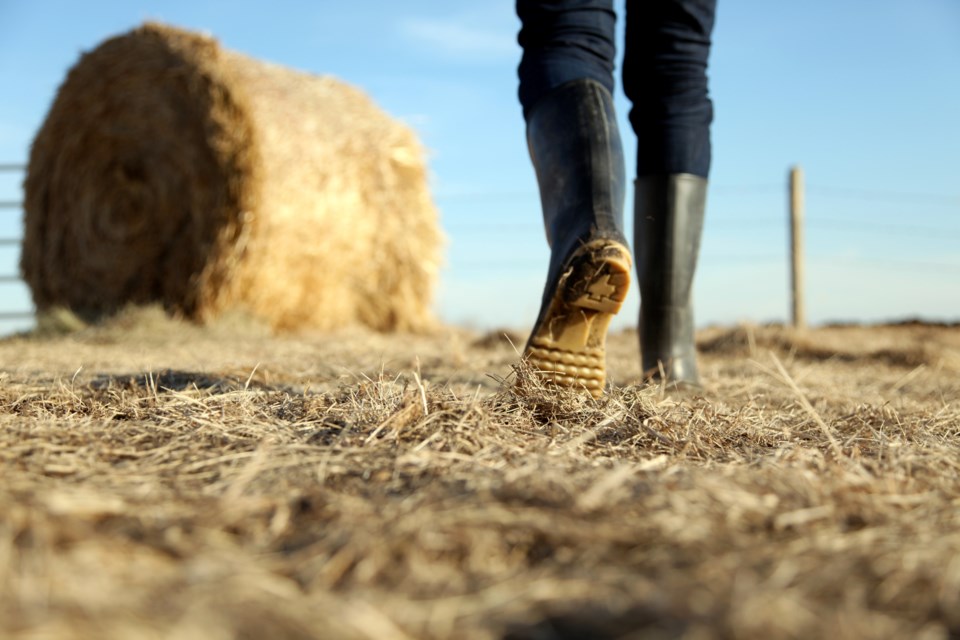Imagine if, during the height of the COVID-19 pandemic — before vaccines were available — you had to share a cramped bunkhouse with a dozen co-workers. Imagine if your employer forbid you from having personal visitors, or if you had to ask your boss for permission to visit the doctor.
Agricultural workers hired through the regularly confront these dynamics while they leave their families behind in countries like Mexico and Jamaica for months or even years at a time to work in sa╣·╝╩┤½├Į. Frequently, they live . These housing conditions are , often and sometimes .
But this month, to improve migrant farm workers’ employer-provided housing. This is a crucial opportunity to tackle persistent problems.
COVID-19 revealed dangers of poor housing
When COVID-19 hit migrant farm workers disproportionately hard in 2020, many Canadians between farm workers’ poor housing and the avoidable health challenges they often face. Our own research shows housing conditions played a major role in the .
Policymakers are increasingly recognizing that housing is a significant . But for migrant agricultural workers, housing is also a significant .
Before the pandemic, against creating national housing standards for workers. The federal government in 2018 by the National Home Inspector Certification Council, a . The study concluded that the quality of housing for migrant farm workers lacked uniformity, and the investigators recommended standardized criteria.
Yet four years later, the government has made sluggish progress towards enforceable national housing standards.
Key housing issues
, including interviews with over 50 migrant agricultural workers, identified several key housing issues:
-
Water, food and sanitation: Lack of access to clean drinking water and insufficient toilets, showers and handwashing stations are common concerns raised by migrant workers. Inadequate refrigeration, food storage and stoves were also often reported. This has . Because of limited laundry, cooking and washroom facilities, some workers spend their days waiting in line for a turn at these basic amenities.
-
Heating, cooling and electricity: Some workers told us that on a cold winter’s night, they gather around a space heater or oven door to stay warm. In the summer heat, one worker told us that trying to sleep after a long shift is a “living hell” due to a lack of ventilation and air conditioning in the trailer he shares with another worker.
-
Exposure to pests, hazards and disrepair: The 2018 report commissioned by the federal government found that 40 per cent of workers’ housing was reported by employers as “dual purpose.” This means living quarters also functioned as workplace facilities (for example, granaries, garages, etc.). This finding suggests many workers may live in close proximity to agricultural chemicals and other hazards, which echoes findings from . Lack of maintenance is also common.
-
Overcrowding and lack of privacy: One study reported the ratio of workers to functioning toilets on one farm was . Echoing this research, overcrowding and cramped living quarters were among the most common complaints made by participants in our own study. During COVID-19, these cramped living quarters and anxiety for workers. A lack of personal space also undermines workers’ basic need for privacy and intimacy. One interviewee noted, “you can’t even wish your wife a good night,” without someone overhearing.
-
Isolation and employer control: Migrant agricultural workers tend to live in rural areas outside of work (such as religious services). farm worker from motor vehicles point to the lack of public and safe active transportation in workers’ neighbourhoods. Workers have told us they may be required to bike one- or two-hour round trips to access services or participate in social events.
Workers also face . Among the rules some workers are expected to conform to while living in sa╣·╝╩┤½├Į include curfews, prohibitions on visitors and being locked into their living quarters. Workers are often hesitant to report illegal behaviours by their employer for fear it may put their .
Action to ensure safe housing
Migrant agricultural workers deserve to live with the same health, safety, and dignity owed to any Canadian worker. The federal government should take the following actions immediately:
-
Consistent national housing standards. The federal government should co-ordinate among all levels of government so that workers no longer fall through the jurisdictional cracks. for physical housing conditions (e.g., no bunk beds), health and safety, freedom from employer control and security of tenure.
-
Proactive, unannounced and thorough housing inspections to . Workers need accessible channels to report problems while being protected from employer backlash, alongside the freedom to collectively organize. Penalties for non-compliance should be high enough to promote deterrence.
-
Government-funded housing (for example, in residential areas, with safe transportation to farms) would help and access to community services, while reducing inappropriate employer restrictions or control.
-
Permanent residency, open work permits and a fair grievance procedure before facing deportation would allow workers to refuse unsafe housing and poor work conditions, which often go hand-in-hand. A secure immigration status would also give workers the option of bringing their families with them.
The federal government’s upcoming roundtable is an urgent opportunity to raise the bar on dignified housing and living conditions for these members of our communities. sa╣·╝╩┤½├Į should stop expecting low-wage, racialized migrant workers to bear the brunt of preventable illness and death.
![]()
C. Susana Caxaj's research is currently funded by the Social Sciences and Humanities Research Council (SSHRC). Her work has previously been funded by the Vancouver Foundation and Canadian Institutes of Health Research (CIHR). She is a member of the Migrant Worker Health Expert Working Group.
Anelyse Weiler has received funding from SSHRC. Her work has previously been funded by the Pierre Elliott Trudeau Foundation. She is affiliated with the BC Employment Standards Coalition, Worker Solidarity Network, and Migrant Worker Health Expert Working Group.
